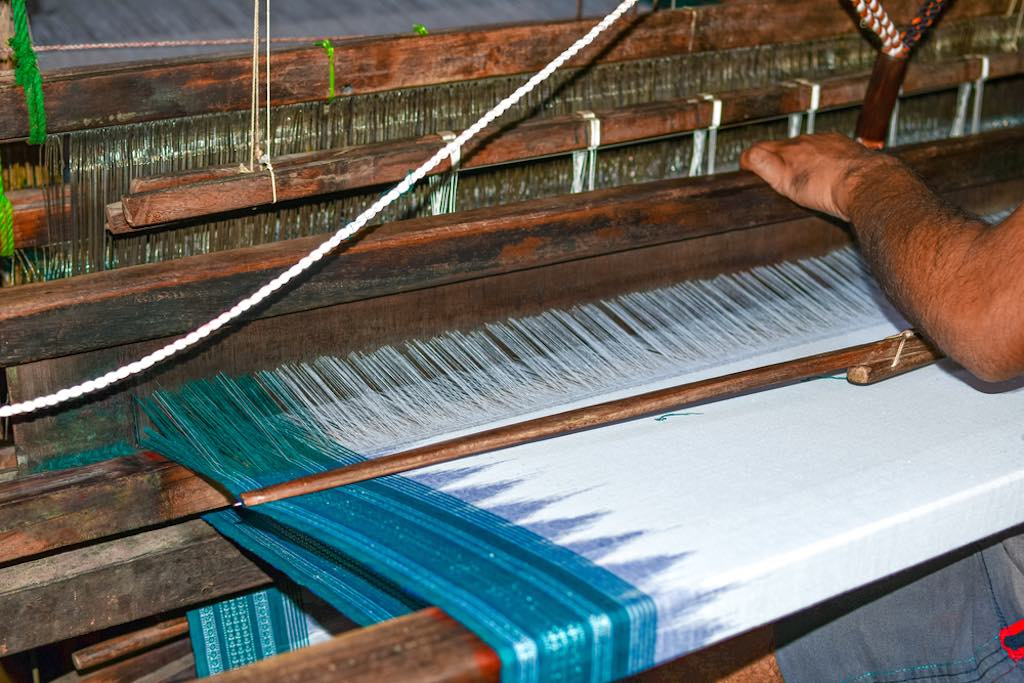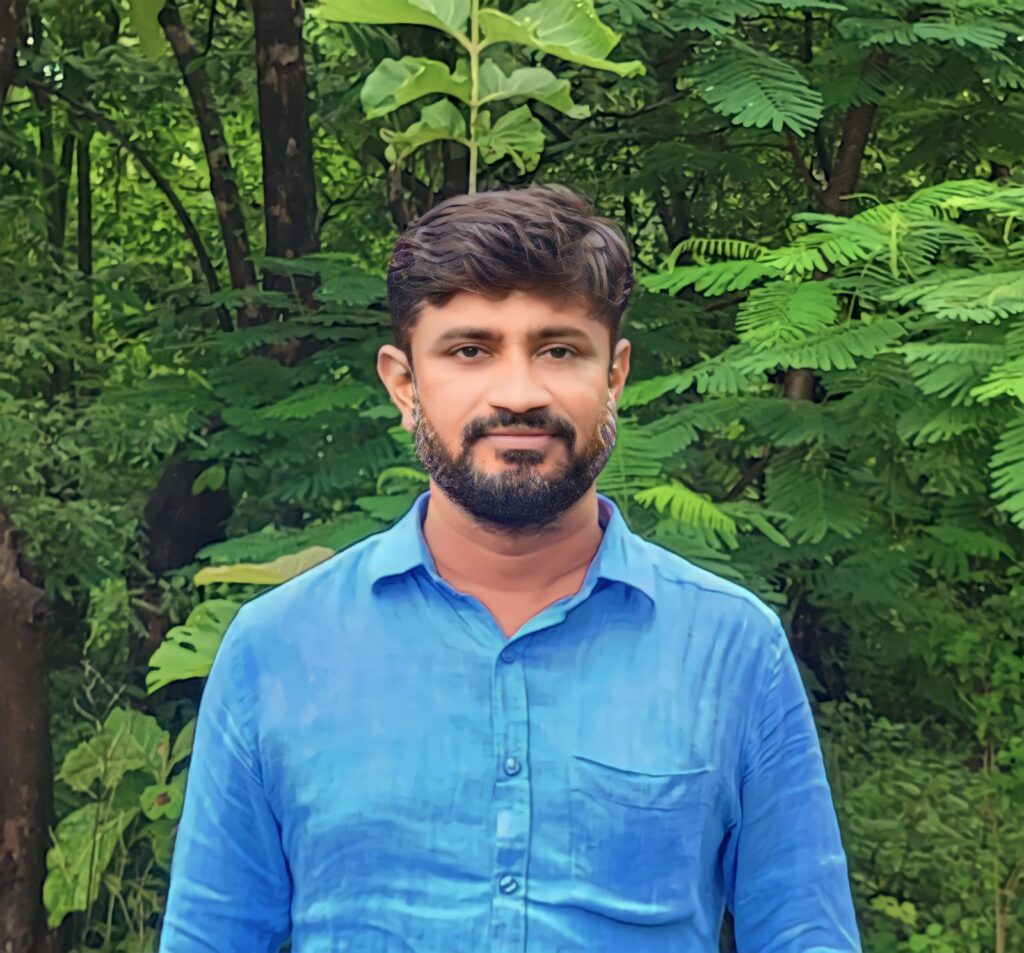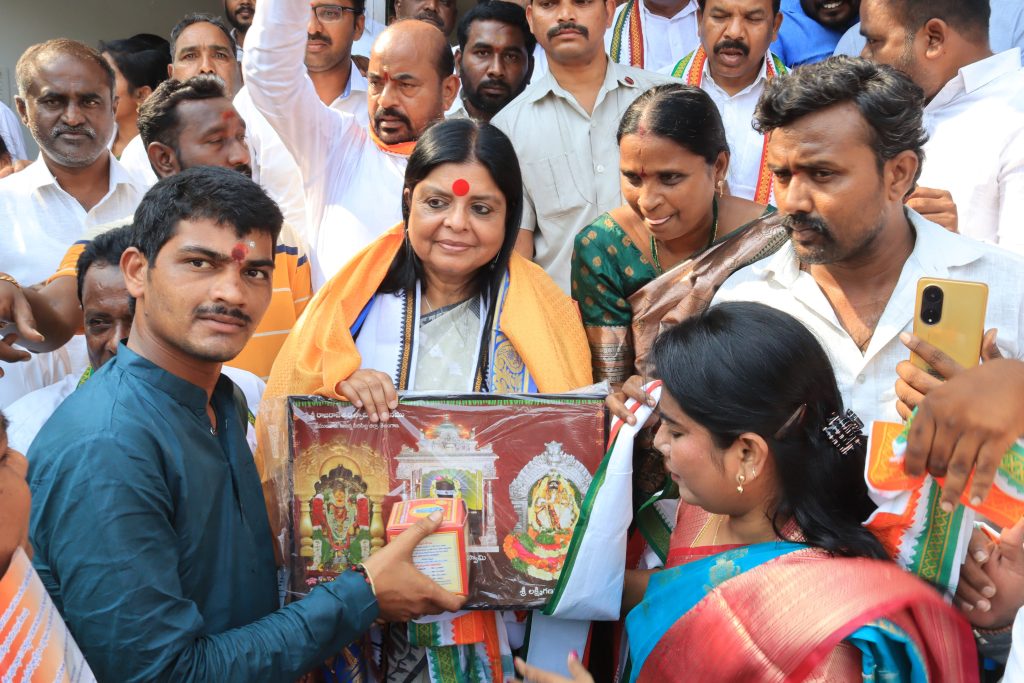“A helping hand to the weavers”- National Handloom Day

RSD- The Indian handloom industry has its roots in the Indus Valley Civilization. There are archeological evidences that the origin of spinning yarn took place in India. India has a history of providing yarn to the world. Earlier, Indian handloom products were exported to countries like Egypt, Rome and China. Even before independence, in rural India, handloom products were made using ratna (charkha) in every village. They were used for exchange.
India is mainly an agriculture based country, after agriculture the most people depend on the textile industry. Handloom sector contributes a lot to the livelihood of people in rural and semi-urban areas. Handloom sector is famous as a symbol of India’s rich cultural diversity, lifestyle and heritage. 70% of the workers in the handloom sector across the country are women.
The handloom sector can be seen as a symbol of their excellent artistic skills and economic development, which is important in terms of women empowerment.
There are 28.2 lakh handlooms in India. 25.2 lakh in rural areas and 2.9 lakh in urban areas. 15% of the textiles required by the people of the country is obtained from the handloom sector. It is remarkable that 95% of the textile sector required by the countries of the world is produced in India.
Weavers mainly make sarees, shawls, blankets, bedseats, tablecloths and scarves, towels and lungis. These include their excellent artistic skills. Panipat in the state of Haryana in India is famous for its handloom textile industry.
Kanchipuram silk sarees from Tamil Nadu, Banaras silk sarees from Uttar Pradesh, Pashmina shawls from Kashmir, Chikankari embroidery from Lucknow and Telangana.
Pochampalli Ikat from Warangal, Gadwal, Narayanapet, Gollabama sarees and Durris from Sircilla, Sarees from Sircilla, Ikat fabrics from Andhra Pradesh, Above sarees are famous from Maharashtra.
On 7th August 1905, the Swadeshi movement was launched for the promotion of indigenous industries, especially handlooms. The people of that time decided to boycott foreign goods to use only indigenous goods.
Keeping in view the importance of Swadeshi movement, 7th August 2015 Prime Minister Narendra Modi inaugurated the National Handloom Day in Chennai. It was resolved to respect the handloom sector nationally and to promote the handloom sector in socio-economic development, to strengthen the handloom sector and to increase the excellent skills among them.
Indian weavers, who have provided cloth to the world, have been left behind due to industrial modernization and globalization, imitation of western countries. Due to the imperialist trends in the collection of raw materials required for production, their storage and marketing of products, the industries have become captives in the hands of some corporate forces, so the common weavers have suffered a lot. There are many cases where weavers have committed suicide due to lack of employment.
“Over the last two decades handlooms have been mechanized and transformed into power looms.”
Weavers who depend on looms for their livelihood have also decreased. The youth who have the highest talent skills are not entering the handloom sector due to lack of benefits.
In the handlooms and power looms industry there are three hierarchical levels namely employer intermediary employer and labour. The investor is the employer and the worker and an intermediary between the employer and the worker.
After the formation of Telangana state, Chief Minister KCR and Minister of Textiles and Handloom Industries KTR, who saw the sufferings of weavers and paid for it, created and implemented schemes for the promotion of handloom industry and provided many subsidies. This brought precision to the handloom sector. The weavers who took the gulf route due to lack of employment returned home. Our weavers working in Solapur and Bhiwandi have returned to our state. There are currently 17069 looms in the state. Majority of the workers working in them belong to the Padmasali community.
Giving orders to weavers for making uniforms for school children in the state. Bathukamma sarees, which the government provides to Telangana women every year, are also being ordered by workers in the state. Provision of subsidized electricity, establishment of textile zones and establishment of textile parks. Weavers get employment throughout the year through programs such as setting up of apparel parks and giving special training to weavers for the modernization of handlooms. Social and economic security was provided to the weavers through Tript Scheme and Netanna Bhima. The weavers got employment. We are seeing a Telangana where there are no suicides of leaders.
The state government has given special attention to the marketing of the products produced by the handloom workers in the state. Pochampally Ikat, Gadwal Narayanapet, Siddipet Gollabhama sarees, Warangal rugs, Sircilla weavers’ artistic products are being marketed in different states of the country and have taken special measures to make marketing happen abroad as well even online.

9848377734




